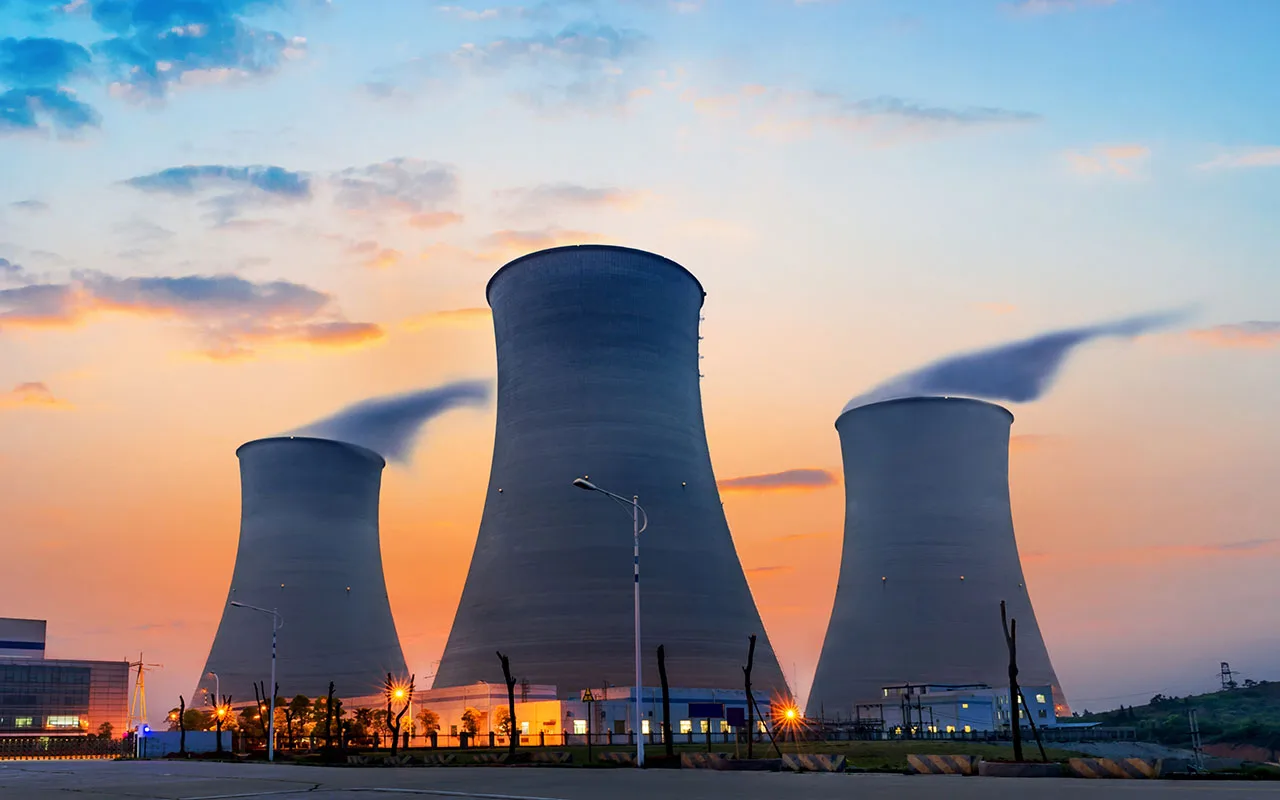What is CHP?
CHP is a process where a power generation system produces both electricity and useful thermal energy in an integrated system. In a conventional system, more than two-thirds of the energy input is rejected as waste heat during power generation. In contrast, a CHP system makes use of the byproduct heat from electricity production which can be used for various purposes such as space heating, water heating, and industrial processes. This dual-purpose use of fuel results in overall fuel efficiencies of up to 80-90% compared to 45-60% for conventional separate systems.
Types of CHP Systems
There are several types of CHP systems that can be utilized depending on the scale of operations and thermal/electricity requirements:
– Steam Turbine CHP: The most commonly used system for large-scale CHP plants. Steam generated from combustion of fuels like natural gas drives a steam turbine to produce electricity and the exhausted steam is used for heating or cooling purposes.
– Gas Turbine CHP: Suitable for medium to large-scale applications. Exhaust gases from the combustion turbine are used to produce steam or hot water. Modular gas turbines are flexible and can be expanded as demand grows.
– Reciprocating Engine CHP: Smaller size engines are an economical choice for small to mid-sized applications. Different fuel options are available including natural gas, biogas and diesel.
– Microturbines: Low capacity turbines that can range from 30kW to 300kW, ideal for office parks, hospitals and smaller facilities. Easy to install and maintain.
Benefits of CHP over Conventional Systems
Increased Efficiency
As mentioned earlier, overall efficiency of energy use is far greater with CHP systems compared to separate generation of power and heat. With a single fuel input, CHP captures heat that would otherwise go unused, reducing energy costs significantly.
Reliability of Supply
CHP provides a reliable source of both electricity and thermal energy on-site. It is not dependent on the grid or external energy transmission systems. Situations of power outages would not disrupt operations that use CHP.
Economic Advantages
Large fuel and operational cost savings accrue from the high efficiencies of CHP. Lower T&D (transmission and distribution) costs as CHP reduces loads on local grids. Tax incentives are available in many regions to promote cleaner CHP technologies.
Environmental Benefits
With less fuel consumed per unit of energy delivered, CHP lowers greenhouse gas emissions and produces lower emissions of conventional air pollutants as well. Biogas and biomass-fueled CHP can help organizations achieve sustainability goals through use of renewable fuels.
Applications of CHP
CHP has numerous commercial, institutional and industrial applications due to its ability to cater to both thermal and electric loads simultaneously and reliably. Some major user segments include:
Hospitals and Healthcare Facilities
Heat and electricity demands of hospitals are ideally suited for CHP. Constant heat and power needs for heating, cooling, equipment and other medical uses make CHP a cost-effective solution. Many hospitals today use CHP for a dependable supply of utilities.
Colleges and Universities
Campus-style facilities with interconnected buildings for housing, classrooms and labs see long-term savings with Combined Heat And Power by meeting most of their baseload demands on-site. Space and water heating during winter is significant at educational institutions.
Industrial Sectors
Process heating applications require large thermal and electric loads simultaneously. Industries like chemical, food/beverage, paper and refining can gain considerable energy efficiencies with CHP to power equipment and manufacturing processes.
Commercial Buildings
Large office parks and complexes with centralized heating/cooling systems are very suitable for CHP technology. The model-based operational concept also allows commercial users to avoid or reduce expensive peak demand charges.
CHP and Renewable Integration
With advancements in technology, CHP systems are now being integrated with renewable power sources like solar PV and wind turbines for a hybrid approach to clean baseload generation. Thermal and electrical storage enhances the capabilities of such hybrid systems.
*Note:
1. Source: Coherent Market Insights, Public sources, Desk research
2. We have leveraged AI tools to mine information and compile it



